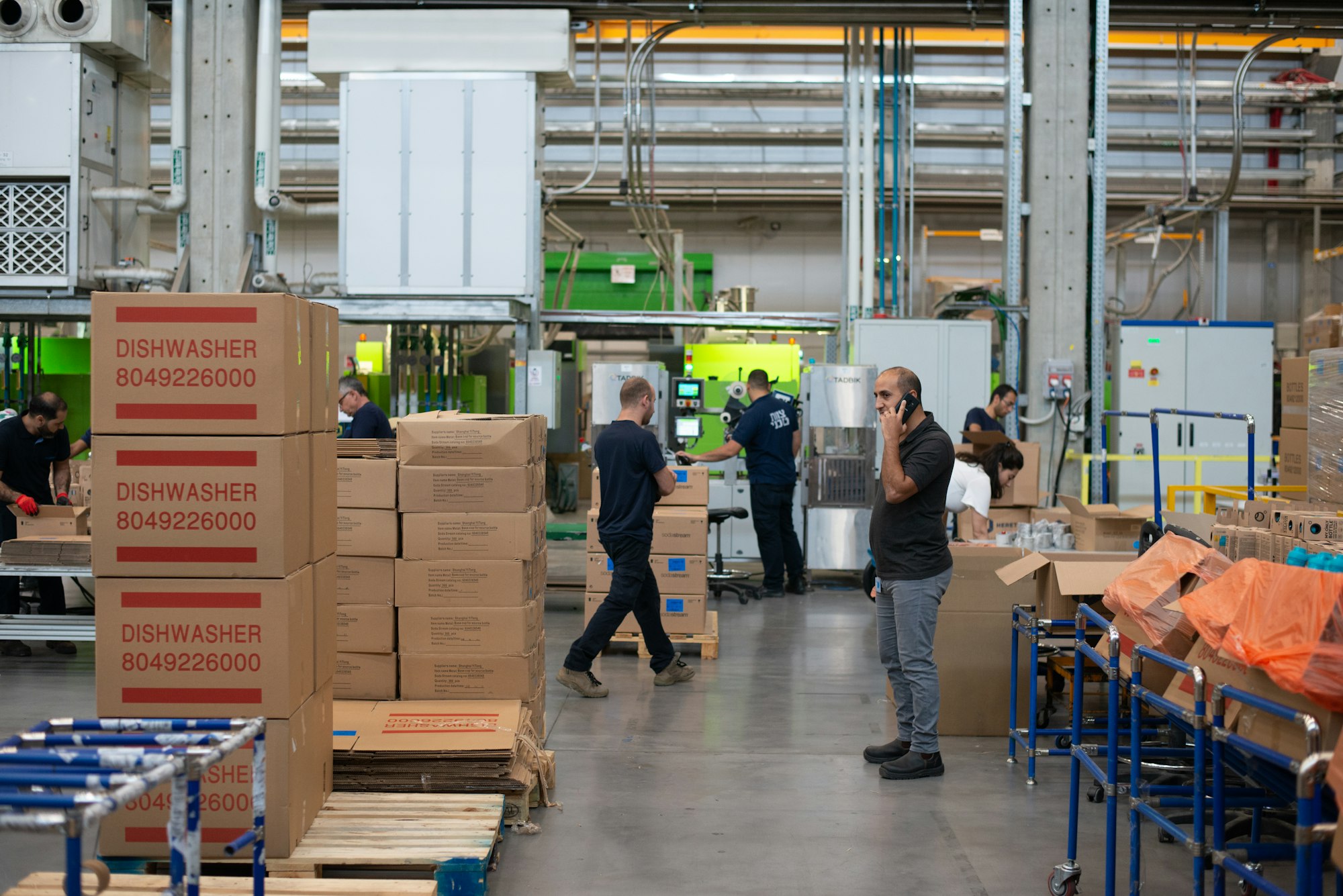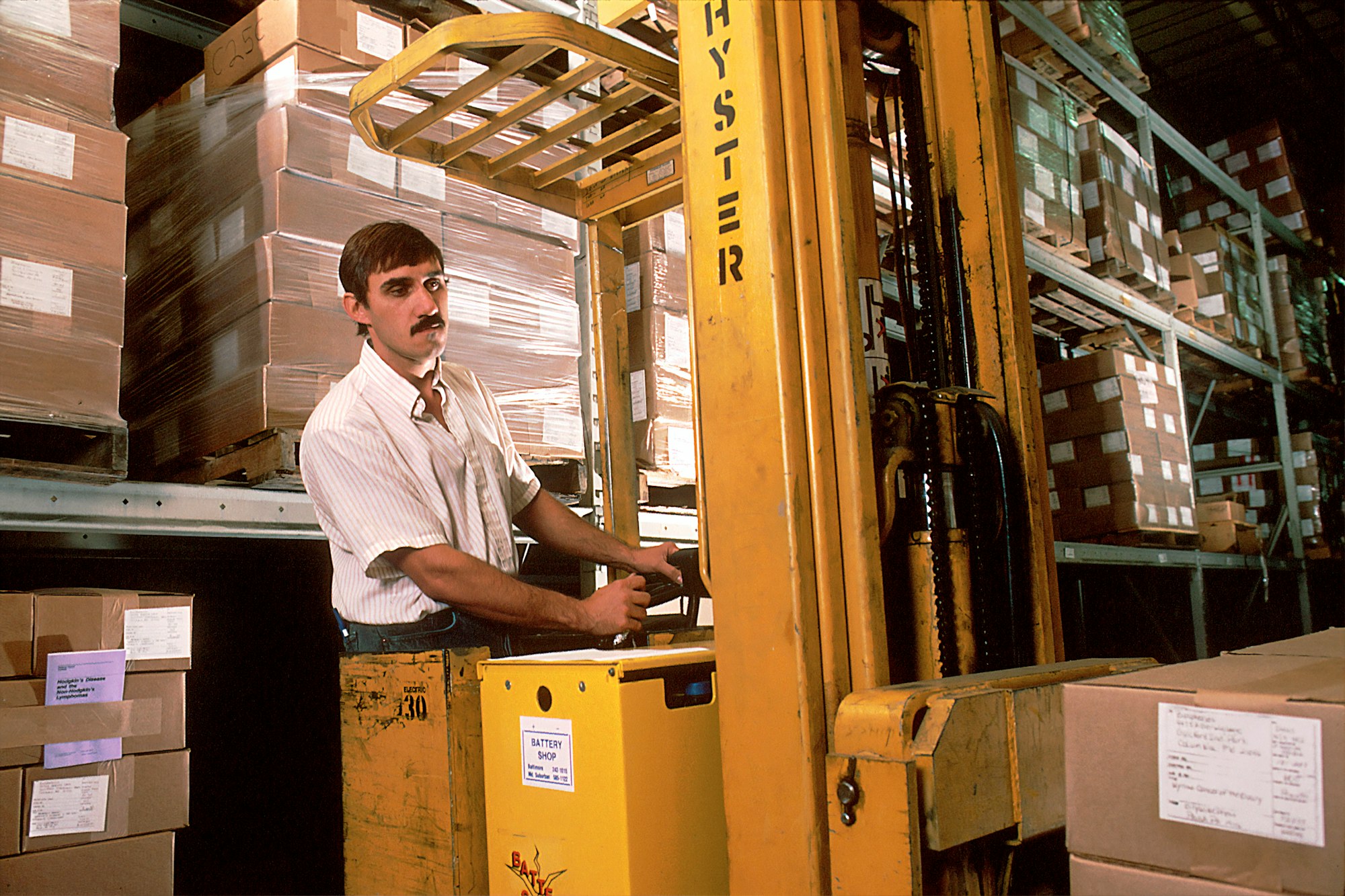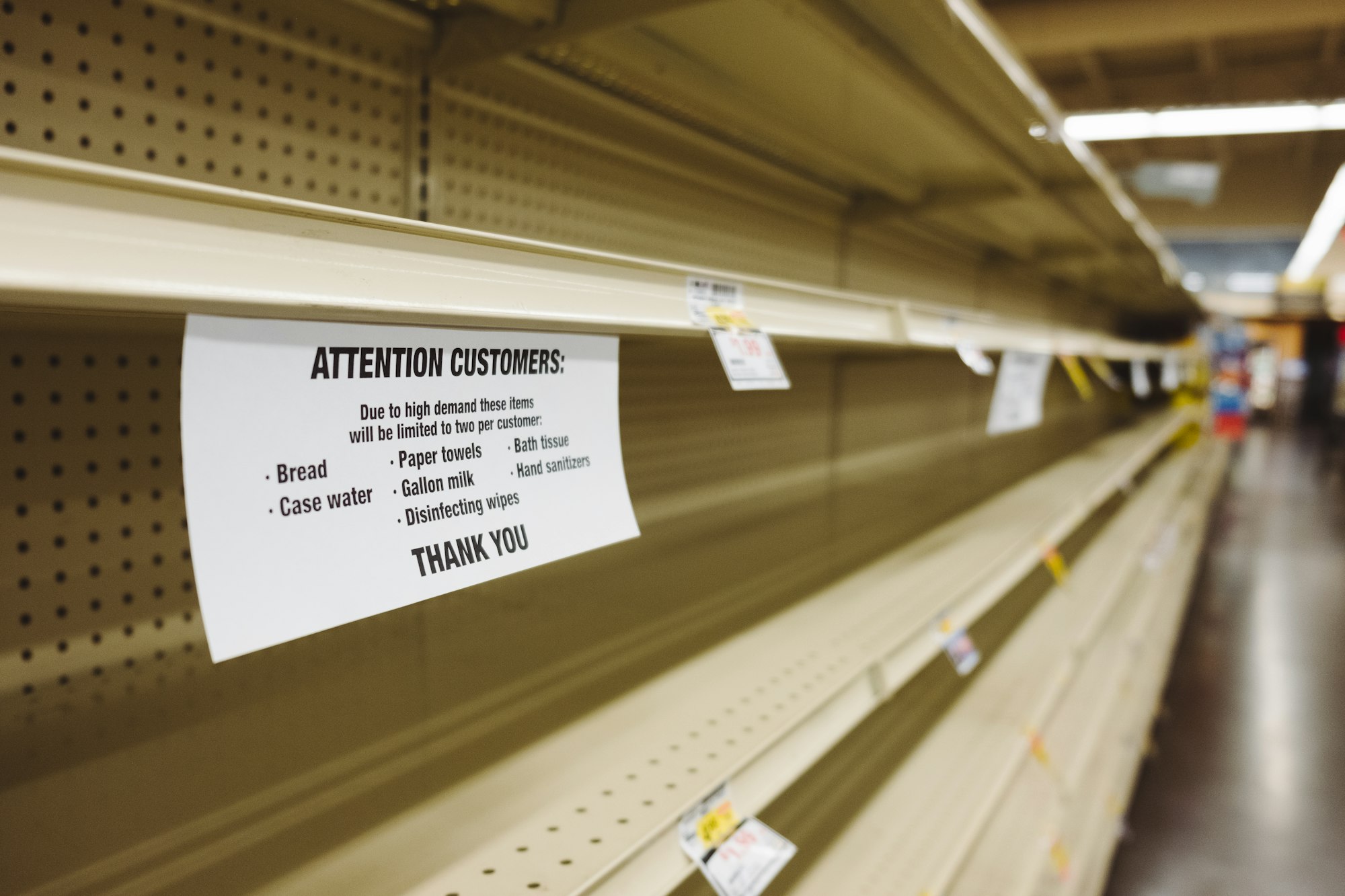Order Fulfilment is Crucial to Your Success
Getting your order fulfilment right is probably the most important obstacle to becoming a successful online retailer. When you fulfil all orders quickly and accurately, you will build intense customer loyalty and generate repeat business. On the other hand, if shipping times are slow and you keep sending out the wrong orders, your brand loyalty will suffer and sales will slump.
In fact, the way in which a company fulfils orders is probably as important to its future and success as its marketing and communications efforts. It could even be more important than those other functions, since the competition in the online retail space is so fierce.
Customers have more choice of online retailers fighting over their money and attention. If a customer believes that a business doesn't fulfil orders in an accurate and timely fashion, they will probably avoid that retailer. They will simply choose to go to the competition.
As an online retailer, you have to be laser focused on giving your customers excellent service. Which means that you have to get order fulfilment right.
But what exactly is order fulfilment? And what effect will a bad order fulfilment strategy have on a business?

What is Order Fulfilment?
Order fulfilment is everything that happens between the point that a customer places an order until the point when the product arrives at their doorstep. It will also incorporate inventory management and other parts of the business.
The order fulfilment could be carried out by the retailer itself, or it could be outsourced to a contractor specialising in order fulfilment, e.g. third party logistics (3PL).
There are a number of steps to receiving and fulfilling an order. You have to get each step right if you want to ship out a customer's product on time and accurately—and ultimately give superior customer service.

Steps in the Order Fulfilment Process
In this section, we will look at the different steps in processing the sales orders that come into your business. This will help you to identify and solve problems in your order fulfilment system, which will improve your overall operations.

1. Receiving Orders
The process starts with taking in an order from a customer through any one of your sales channels. The order is registered and you collect payment from the customer. The next step is to pass on the order details to your warehouse or fulfilment centre, either manually or with the use of Order Management Software (OMS). At the warehouse, members of your team will start to prepare the order for shipment.

2. Product Picking
This is the second stage of the order fulfilment process. During the picking process, the products are retrieved from the warehouse shelves in the most efficient manner possible. The process will slow to a halt if your team members are unable to locate the right product ordered by the customer. Which means that good organisation in the warehouse is essential to keep picking times as short as possible.

3. Order Packing
Once the correct items are picked, they have to be transferred to the packing station. Here, team members have to ensure that each item is packet properly so that it will reach the customer in perfect condition wrapped in the correct, protective packaging. Fragile items need specific care without wasting packing materials and unnecessarily increasing the shipping weight.

4. Order Shipment
Once the correct items have been picked and packed, they have to be shipped. Here it's crucial to complete three specific tasks: attaching the right shipping label and address to the package, marking the item as shipped in the sales channel system, as well as emailing the customer to confirm shipping, costs, and tracking details. This process will only run smoothly if the correct items are available in the inventory. If a customer orders something that's out of stock, orders will be delayed.

5. Order Tracking
Once an order has been shipped, it becomes important to track the shipping progress—both for your own oversight of the process, but also for the customer's benefit. The customer needs to be able to see where their order is in the shipping process. If the package is properly tracked, it won't get lost. This increases the probability that the order arrives at the customer in time and in the condition expected.

6. Order Follow-up
This is the final stage of the order fulfilment process. After-sales is important to keep your customers happy. You need to collect customer feedback and ensure that they are 100% satisfied with their purchase and the delivery process. You also need to assist customers if they need to return the product, or if they require a refund when something goes wrong.
This isn't just about customer experience, but about establishing long-term relationships with your customers. Which is what you need to get repeat business and increase the efficiency of your order fulfilment process. You will build long-term relationships with your customers. Which increases the likelihood that they will do business again with you in future. This will also prevent problems with other customer's orders before they happen.
Inefficient Order Fulfilment
When the Order Fulfilment process of a business isn't effective, it will run into several challenges. Here are some of the problems that poor order fulfilment can cause for a retailer:

1. Errors in Fulfilling Orders
Wrongly filled orders are usually caused by human error. For example, if a staff member enters the wrong reference number for a product, the wrong product will be shipped to the customer. Or if someone picks the wrong product from the warehouse for shipping, the result will also be an unhappy customer.
When these processes are automated, the chances of making mistakes are minimised. Order Management Software that manages both the order fulfilment as well as inventory management functions is the answer here.
A further method to eliminate human error is to implement strict quality control measures. Specific orders—for example orders of high value—should be evaluated by warehouse managers to ensure that the right products are sent out to the customer.

2. Low Inventory and Overselling
If your order fulfilment processes are ineffective, you won't be able to process as many orders as you would like. What's more, if your inventory levels aren't updated automatically as you make sales and fulfil orders, you will run into various problems. For example, inventory won't be properly assigned to a specific order; inventory numbers will always be inaccurate; or you will probably oversell your current inventory.
3. Wasted Time and Opportunity
When your order fulfilment processes are inefficient, it will waste a lot of time for the members of your staff. Which means you will have less time available to focus on business growth and marketing. When your fulfilment becomes more efficient, you will be able to move staff from the back office to the front of the house—which will also improve your customer service.

4. Your Systems Become Overwhelmed During Sales Peaks
When you go into the holiday season or a specific product suddenly takes off, this newfound popularity ironically has the power to break your business. If you can't fulfil the uptick in orders in a timely fashion, you will receive bad reviews and suffer low customer satisfaction.
But when your core operations run smoothly and efficiently, you will be able to scale your operations during sales peaks. Which means you will be able to deliver consistently high customer service, whatever the retail season.
5. Long Delivery Times
If you still run on a manual order fulfilment system, your orders will take a relatively long time to ship. Imagine trying to process hundreds of orders a day by hand—without an automated system, it's almost impossible. Long delivery times are especially detrimental to online retailers, where customers demand fast shipping and exceptional service.

6. Unhappy Customers and Bad Reviews
Your customers will get upset if you oversell, run out of stock, don't manage sales peaks properly, or take forever to ship. If your business suffers from several of these ailments, you will soon be beset by ill-will from your customers and negative reviews. This spells doom for your future prospects. You have to resolve these issues if you want to succeed.
7. You’re Limited to One Channel
Manually fulfilling orders from one sales channel is already complex, but trying to manage multiple channels by hand is almost impossible. How do you expect your staff to keep track of different web-stores, online marketplaces, as well as orders from physical stores at the same time?
With a manual system you increase the risk for delays, bottlenecks, and human error. If you're not careful, your entire business could spin out of control. All of these problems are avoidable if you implement a robust order fulfilment strategy—which will probably include using dedicated Order Management Software (OMS).

Conclusion
As a retailer, you always have to be on the lookout for ways that you could optimize your order fulfilment processes to suit the needs of the modern consumer. One important way is to harness technology to automate and manage your order fulfilment processes.
The function of Order Management tools is to increase the efficiency or your order fulfilment processes. In this way you can ensure that your customers are always satisfied and ready to shop on your website again.
When customers feel that you go out of your way to keep them happy, they will become loyal to your brand. You will also attract new customers through good word-of-mouth and positive online reviews. This will cause your sales to skyrocket—with a resulting increase in revenue that will ultimately make your business more profitable.
You have to make sure that your order fulfilment processes run like a well-oiled machine. The very future of your company depends on it.